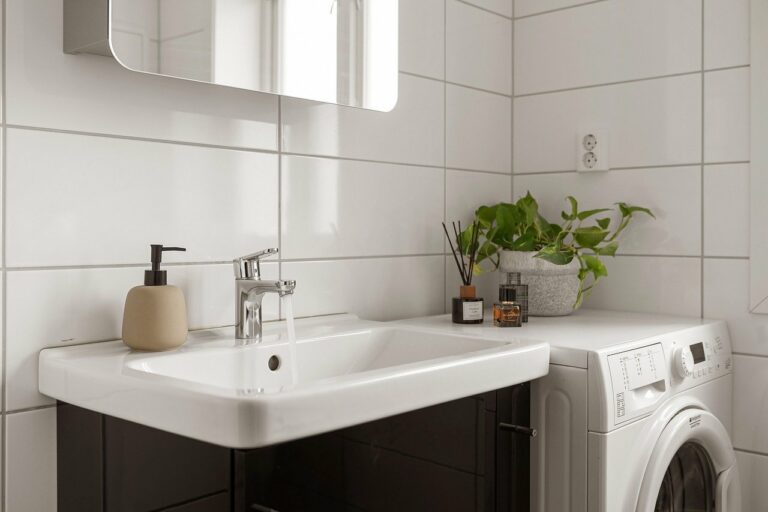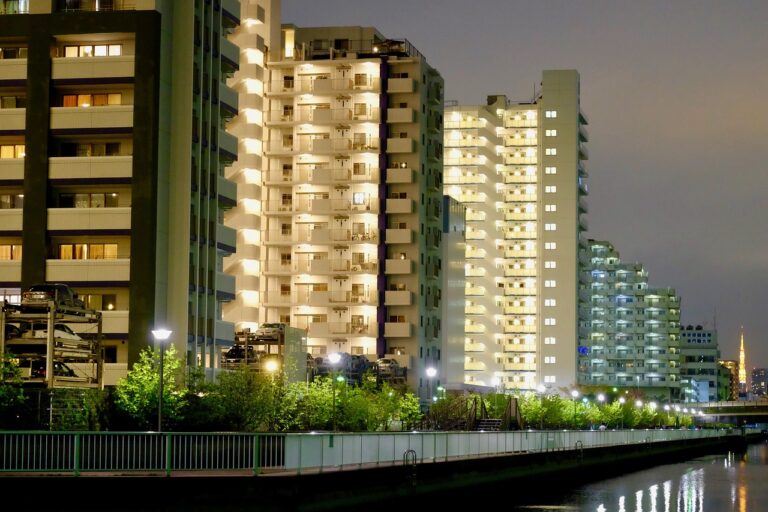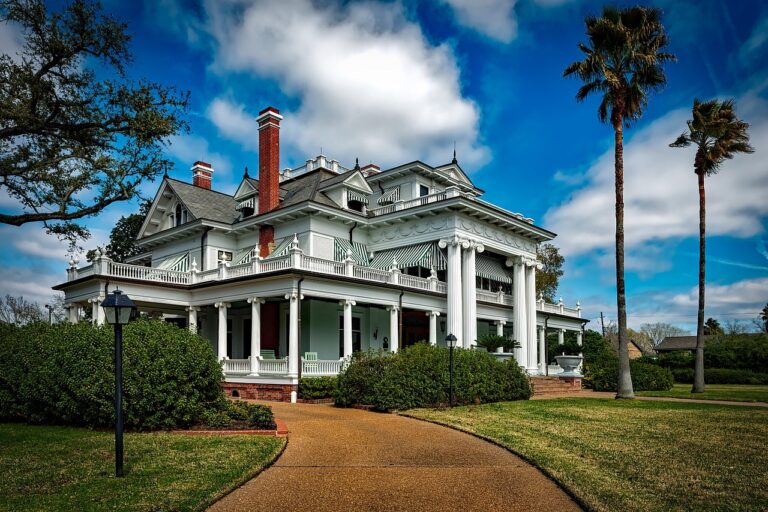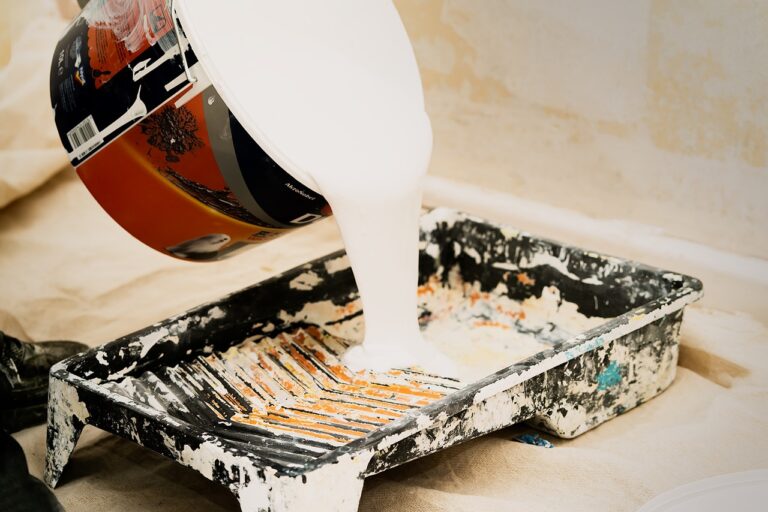Tips for Designing a Sustainable Landscape
When designing a sustainable landscape, one key consideration is the choice of materials. Opting for natural and eco-friendly materials can significantly reduce the environmental impact of your project. Materials such as reclaimed wood, recycled stone, and permeable pavers not only add a unique touch to your design but also help in conserving natural resources.
Another important aspect to consider when designing a sustainable landscape is water management. Implementing techniques like rainwater harvesting, drip irrigation, and xeriscaping can help minimize water wastage and reduce the reliance on traditional irrigation methods. By incorporating water-efficient systems into your landscape design, you can create a more environmentally friendly outdoor space that thrives with minimal water usage.
Choosing Native Plants for Your Landscape
When selecting native plants for your landscape, it is crucial to first consider the climate and soil conditions of your specific location. Native plants are well-adapted to the local environment, requiring less water, fertilizer, and maintenance compared to non-native species. By choosing plants that naturally thrive in your area, you can create a sustainable and biodiverse landscape that supports local wildlife and pollinators.
Another key factor to keep in mind when choosing native plants is their ability to resist pests and diseases. Native plants have developed natural defenses against common pests and diseases in their region, reducing the need for chemical pesticides and fungicides. By incorporating a variety of native plants in your landscape, you can establish a more resilient ecosystem that promotes biodiversity and long-term sustainability.
What are some key considerations when designing a sustainable landscape?
Some key considerations when designing a sustainable landscape include selecting native plants, reducing water usage, promoting biodiversity, and using environmentally friendly materials.
Why should I choose native plants for my landscape?
Native plants are well adapted to the local climate, soil, and wildlife, making them low-maintenance and more resilient to pests and diseases. They also provide important habitat and food sources for native wildlife.
How can I find native plants for my landscape?
You can find native plants at local nurseries, botanical gardens, and native plant sales. It’s important to choose plants that are native to your specific region to ensure they thrive in your landscape.
Are native plants more expensive than non-native plants?
Native plants can sometimes be more expensive than non-native plants, but they typically require less maintenance and water, saving you money in the long run. Additionally, native plants are better for the environment and support local ecosystems.
What are some examples of native plants that are suitable for landscaping?
Some examples of native plants that are popular for landscaping include milkweed, butterfly bush, coneflower, and switchgrass. These plants are not only beautiful but also support local wildlife and ecosystems.







